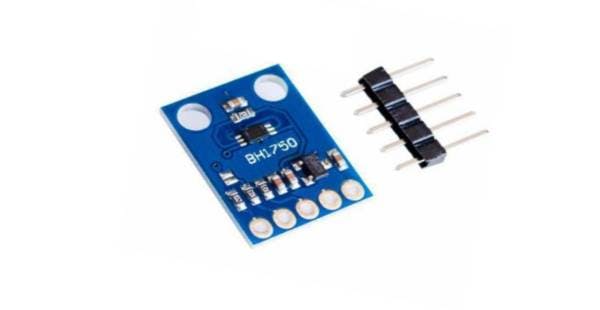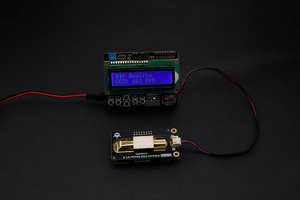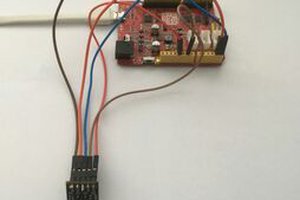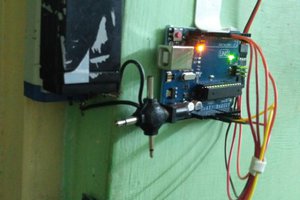About Project
Basically BH1750 is a Digital Ambient Light Sensor or we can call it as Light Intensity Sensor, which can be utilized to auto adjust the brightness of the display in mobiles, LCD displays, or turn on/off the headlights in cars depends on the external lighting conditions.
The sensor utilizes I2C serial communication protocol which does it simpler to use with microcontrollers. For I2C communication it has SDI as well as SDA pins.

The output of this sensor is in LUX, so it will not need any calculations.
As we know Lux is the unit to estimate Light intensity. It calculates the intensity as per the amount of light hitting on a specific area. This sensor can also operate individually without any external component.
 hIOTron
hIOTron


 Adnan.R.Khan
Adnan.R.Khan